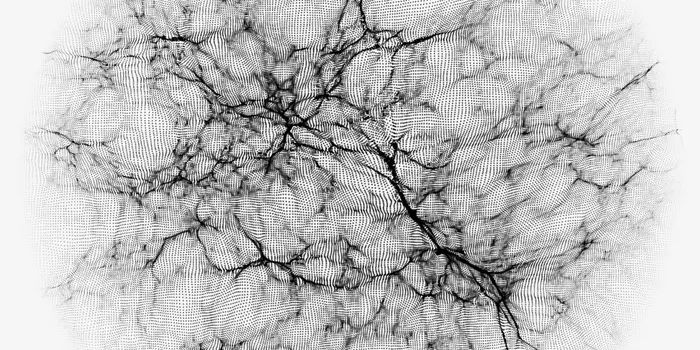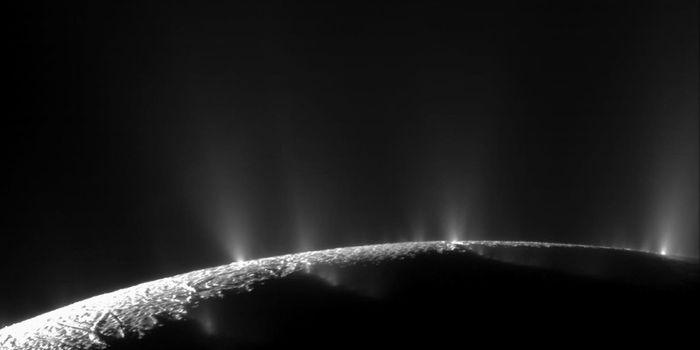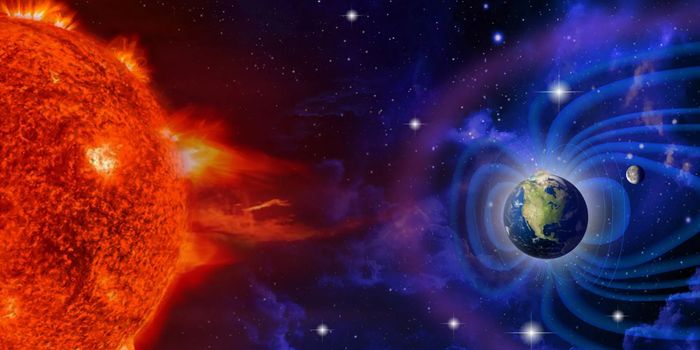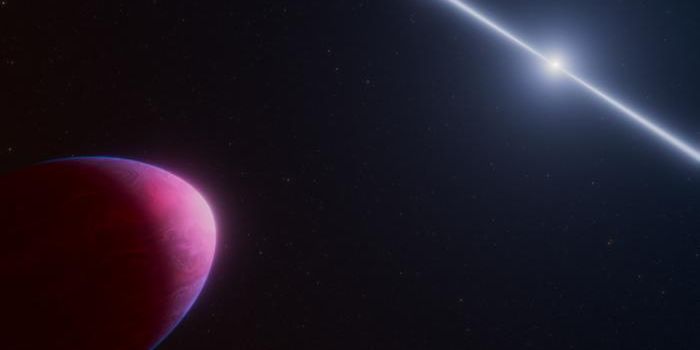Dying Stars Can Give Birth to Planets too
It has been known for ages that the Earth orbits around the Sun along with 7 more planets and dwarf planets among many other objects. However, in 1992 the first planet outside of our solar system was found. This planet is called M51-ULS-1b and was found to be orbiting a star called 51 Pegasi about 28 million light-years away from us, i.e., the light from the system takes 28 million years to reach us. For comparison, it takes only 8 minutes for light to reach us from our Sun. Since then, astronomers have found about 5000 exoplanets around different stars. Some of these planets have been found around binary stars and triple systems. Overall, studies suggest that at least 20% of the Sun-like stars host planets, and overall, about 40% of stars in our Galaxy have planets around them.
The big question is: How do all these planets form, including the ones in our solar system? It has been well established that these planets form almost at the same time as their star. A star is formed from a lot of dust and gas which are collapsed together under their gravitational pull on each other. At one point, the center of this collapsed material becomes so hot (~ million degrees) that nuclear reactions can happen and that forms the core of the star. During this early phase of star formation, a lot of dust and gas is still out there orbiting this star in the shape of a disk. In this disk, smaller amounts of dust and gas start collapsing together, but the temperatures never get hot enough to initiate nuclear reactions. These disks are called protoplanetary disks and are often found around very young stars. It is believed that all the planets in our solar system were formed from a protoplanetary disk around the Sun. This is also the reason that almost all of these planets orbit in almost the same plane.
Recently, a team of astronomers led by Jacques Kluska from KU Lueven, Belgium conducted a survey of binary stars to find evidence of planets while making sure that at least one star which was evolved or proceeded to a later stage in its life. During this dying phase, stars expand and shed a lot of dust and gas, which could lead to the formation of protoplanetary disks. These disks, as we know, lead to planet formation. The researchers found evidence of protoplanetary disks in the planet-forming phase in about 10% of the evolved binaries in their survey.
They term the planets formed in this phase as second-generation planets. There is a known binary system of dead stars called NN Ser which has two exoplanets, thus supporting the results of this research. If future observations confirm a planet around a dying star, it will revolutionize the field of planet formation as a lot of the current understanding will need modification.








